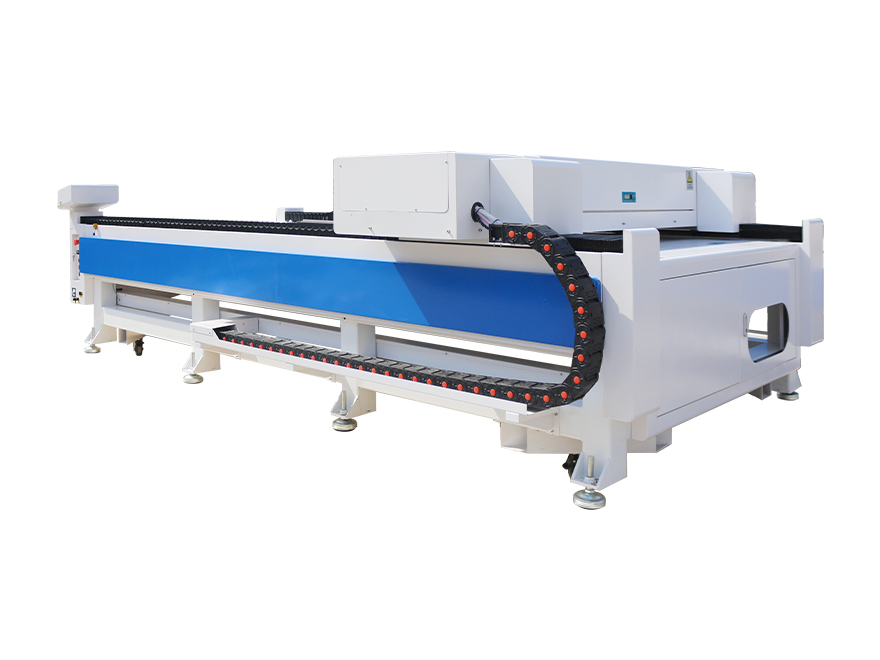What to Consider When Selecting the Best MDF for Laser Cutting
Medium-density fiberboard (MDF) is a versatile material commonly used in laser cutting applications. However, not all MDF is created equal, and selecting the right type for your laser cutting projects is crucial. In this article, we will discuss the important factors to consider when choosing the best MDF for laser cutting.
1. Quality and Density
Quality and density are two essential features to consider when selecting MDF for laser cutting. Higher-quality MDF will have a smooth and consistent surface, which is ideal for achieving precise laser cuts. The density of the MDF also plays a role in its laser cutting capabilities. Dense MDF will produce cleaner cuts with less charring, as the laser energy is absorbed more evenly.
When evaluating the quality and density of MDF, it is important to consider the following:
- Uniformity: Check for any imperfections on the surface, such as knots or voids, as they can impact the laser cutting process.
- Density rating: Look for MDF with a high-density rating, as this indicates a higher concentration of wood fibers and better laser cutting performance.
- Thickness consistency: Ensure that the MDF sheets are uniform in thickness to achieve consistent cuts across your projects.
2. Glue and Additives
The type of glue and additives used in MDF can greatly affect its laser cutting properties. Some MDF may contain formaldehyde-based adhesives or additives that can release toxic fumes when exposed to the intense heat of the laser. These fumes can not only be harmful to the environment but also pose health risks to operators.
When selecting MDF for laser cutting, look for the following characteristics:
- Low-emission: Opt for MDF that is labeled as “low-emission” or “no added formaldehyde” to minimize the release of harmful fumes during laser cutting.
- Safe additives: Ensure that any additives used in the manufacturing process are safe for laser cutting applications and do not produce toxic byproducts.
- Manufacturer certifications: Check if the MDF manufacturer complies with environmental regulations and holds certifications like CARB (California Air Resources Board) Phase 2, E1, or E0 standards.
3. Size and Support
When choosing MDF for laser cutting, consider the size and support that your laser cutting equipment requires. Different laser cutting machines have varying bed sizes, power capabilities, and focal lengths. It is crucial to choose MDF sheets that fit within the size limitations of your laser cutter to avoid any issues during the cutting process.
Additionally, if you are planning to create intricate designs or projects that require a high level of detail, you may need to opt for thicker MDF sheets or consider using additional supports.
FAQs
Here are some frequently asked questions about selecting the best MDF for laser cutting:
Q: Can I use any type of MDF for laser cutting?
A: No, not all MDF is suitable for laser cutting. It is essential to choose MDF with the right quality, density, glue, and additives to achieve optimal laser cutting results.
Q: How can I determine the density rating of MDF?
A: The density rating of MDF is usually expressed in pounds per cubic foot (lbs/ft³). You can find this information in the product specifications or consult with the supplier.
Q: Are all low-emission MDF safe for laser cutting?
A: While low-emission MDF is generally safer for laser cutting, it is recommended to check the manufacturer’s specifications to ensure that it is suitable for laser cutting applications.
By considering the quality and density, glue and additives, as well as size and support requirements, you can select the best MDF for laser cutting that meets your specific needs and achieves excellent results in your projects.





